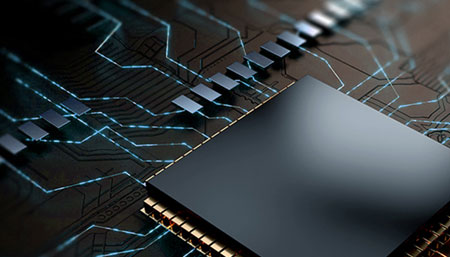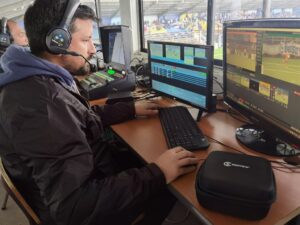As application scenarios such as broadcast, live events or so have an increasingly higher standard towards bandwidth, the SDI standard has witnessed contintous evolving, including HD-SDI, 3G-SDI, 6G-SDI, 12G-SDI, but what are they and what are the differences though?
What is SDI?
Serial digital interface (SDI) is a family of digital video interfaces first standardized by SMPTE (The Society of Motion Picture and Television Engineers) in 1989. For example, ITU-R BT.656 and SMPTE 259M define digital video interfaces used for broadcast-grade video.

A related standard, known as high-definition serial digital interface (HD-SDI), is standardized in SMPTE 292M; this provides a nominal data rate of 1.485 Gbit/s. SDI has been widely adopted by the broadcast industry, and is used for transmission of uncompressed, unencrypted digital video signals in TV studios and facilities. In the live event industry, SDI is also a trusted technology – due to its rugged connector as well as signal distribution lengths.
What are SDI’s variations?
HD-SDI: The standard known as the HD Serial Digital Interface (HD-SDI) is standardized in SMPTE 292M; Although this standard is known as the 1.5 Gb / s interface, the bit rates supported by HD-SDI are actually 1.485 Gb / s and 1.485 / 1.001 Gb/s. OPTCORE provides a wide line of HD-SDI SFP transceiver for the special broadcast application.
3G-SDI: This standard is known as the 3 Gb/s interface, but the actual bit rates are 2.97 Gb / s and 2.97 / 1.001 Gb / s. 3G-SDI supports several different mapping levels, as described in the SMPTE ST425-1 standard. These levels are called A, B-DL, and B-DS. Like the HD-SDI standard, the 3G-SDI supports 3G-SDI CRC generation and checking as well as line number insertion and capture.
6G-SDI: This standard defines a bit-serial data structure, electrical signal and coaxial cable interface for the transport of signals with a total payload of 5.940 Gb/s or 5.940/1.001 Gb/s. This standard also specifies the electrical and physical characteristics
of coaxial cables and connectors. This standard defines several mapping modes for the carriage 2160-line and 1080-line image formats and associated ancillary data into a Single-link 6 Gb/s [nominal] SDI bit-serial interface.
12G-SDI: The 12G-SDI is an SDI standard developed to support higher resolution, frame rate, and color fidelity. It provides four times the bandwidth of HD, carrying 12Gbps, making it ideal for the 4K 60p format. This is not new, UG has been developed 6G / 12G since 2012, but has not been approved by the standard governing body SMPTE (Society of Motion Picture and Television Engineers) under the SMPTE ST-2082 draft name. Click to learn more about 12G-SDI transceiver. (See related blog: SDI higher standard – Why would I know 12G SDI?)
See Kiloview 12G-SDI- NDI New Codec with the Test of Phabrix QX
Kiloview’s N30 – a high-end professional single-chain 12G-SDI to NDI encoder/decoder – N30 features,
* Support single-chain 12G SDI and NDI High Bandwidth bidirectional conversion, dual-use in one
machine;
* Support Tally display, PoE power supply, PTZ control, 12G SDI loop out, camera cold shoe
installation and more practical functions;
* The end-to-end delay is as low as tens of milliseconds, and it is small and portable and
fits in your pocket.
Kiloview NDI Family
N30: Single chain 12G-SDI and NDI High Bandwidth bidirectional conversion
N20: 4K HDMI and NDI High Bandwidth bidirectional conversion (including HD version)
N3: 3G-SDI and NDI High Bandwidth bidirectional conversion
N1/N2: HD wireless version of NDI | HX encoder
D300: Multi-picture NDI | HX decoder









